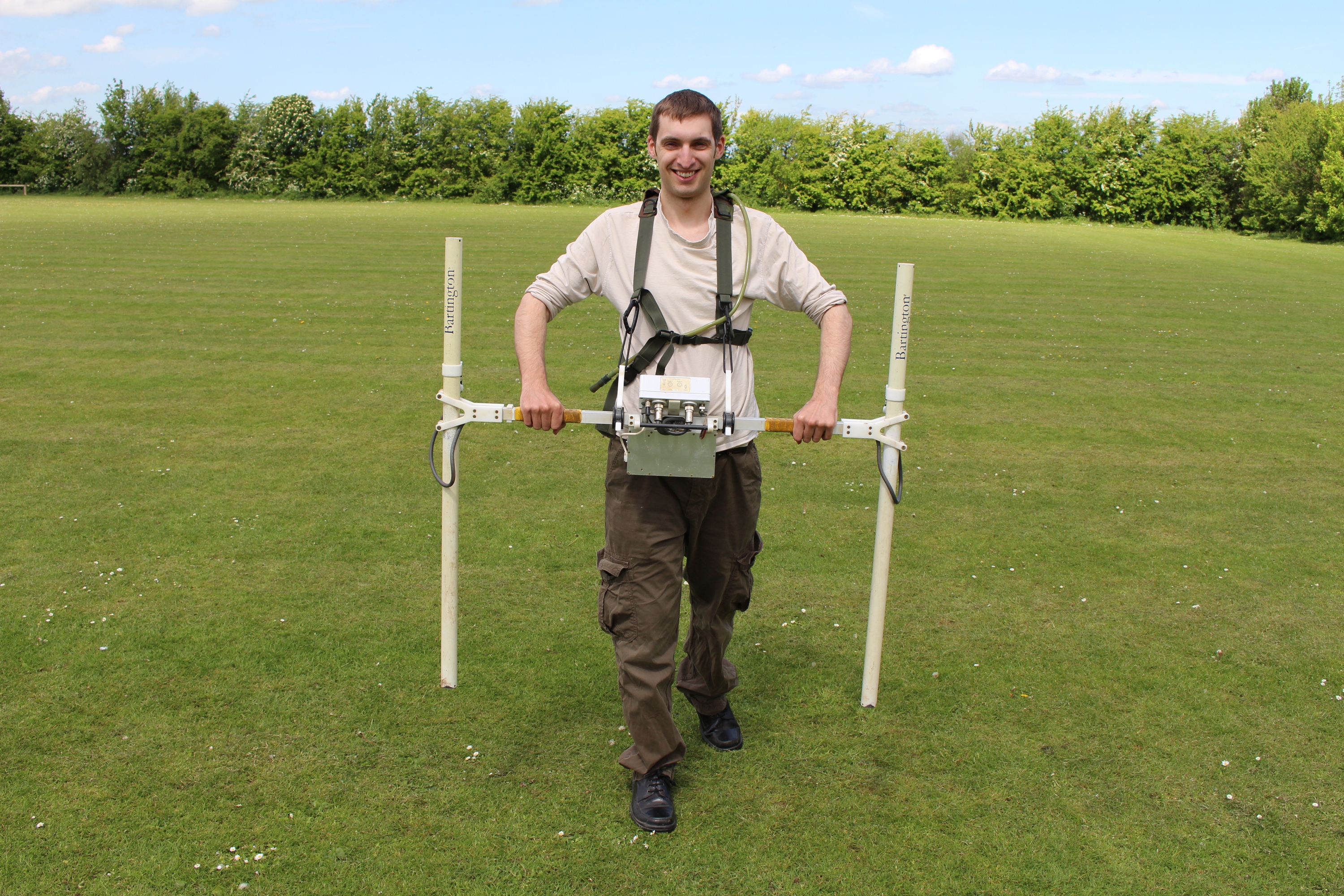All Categories
Featured
Table of Contents
What Is The Difference Between Geophysical Method And ... in Darling Downs Oz 2022
Time piece from 23 to 25ns. This last slice is now almost all blank, however a few of the walls are still showing highly.
How deep are these pieces? The software I have access to makes estimating the depth a little challenging. If, however, the leading three pieces represent the ploughsoil, which is probably about 30cm think, I would think that each slice has to do with 10cm and we are just getting down about 80cm in overall.

Fortunately for us, the majority of the websites we have an interest in lie simply below the plough zone, so it'll do! How does this compare to the other approaches? Comparison of the Earth Resistance information (leading left), the magnetometry (bottom left), the 1517ns time piece (top right) and the 1921ns time slice (bottom left).
Geophysical Surveys: Definition & Methods in Cannington Western Australia 2022
Magnetometry, as talked about above, is a passive strategy determining local variations in magnetism versus a localised zero worth. Magnetic vulnerability study is an active method: it is a measure of how magnetic a sample of sediment might be in the presence of a magnetic field. How much soil is evaluated depends on the diameter of the test coil: it can be really little or it can be relatively large.
The sensor in this case is really small and samples a tiny sample of soil. The Bartington magnetic vulnerability meter with a big "field coil" in use at Verulamium throughout the course in 2013. Leading soil will be magnetically improved compared to subsoils just due to natural oxidation and reduction.
By determining magnetic vulnerability at a fairly coarse scale, we can discover locations of human profession and middens. Unfortunately, we do not have access to a trustworthy mag sus meter, however Jarrod Burks (who assisted teach at the course in 2013) has some excellent examples. Among which is the Wildcat site in Ohio.
Geophysical Survey - Plaza Of The Columns Complex in Scarborough Oz 2023
These towns are often laid out around a central open area or plaza, such as this reconstructed example at Sunwatch, Dayton, Ohio. The magnetic susceptibility survey helped, nevertheless, specify the primary location of profession and midden which surrounded the more open location.
Jarrod Burks' magnetic susceptibility survey results from the Wildcat site, Ohio. Red is high, blue is low. The method is for that reason of great use in defining locations of general profession rather than identifying specific features.
Geophysical surveying is an applied branch of geophysics, which utilizes seismic, gravitational, magnetic, electrical and electromagnetic physical methods at the Earth's surface area to measure the physical homes of the subsurface - Geophysical Survey - Mining Fundamentals in Como Oz 2021. Geophysical surveying methods generally determine these geophysical properties along with abnormalities in order to assess various subsurface conditions such as the presence of groundwater, bedrock, minerals, oil and gas, geothermal resources, voids and cavities, and a lot more.
Table of Contents
Latest Posts
Glad You Asked: What Are Seismic Surveys? in Mt Helena Oz 2023
Geophysical Survey Services - Geophysical Test Methods in East Fremantle Oz 2021
Marine Geophysical Surveying - in Butler Oz 2021
More
Latest Posts
Glad You Asked: What Are Seismic Surveys? in Mt Helena Oz 2023
Geophysical Survey Services - Geophysical Test Methods in East Fremantle Oz 2021
Marine Geophysical Surveying - in Butler Oz 2021